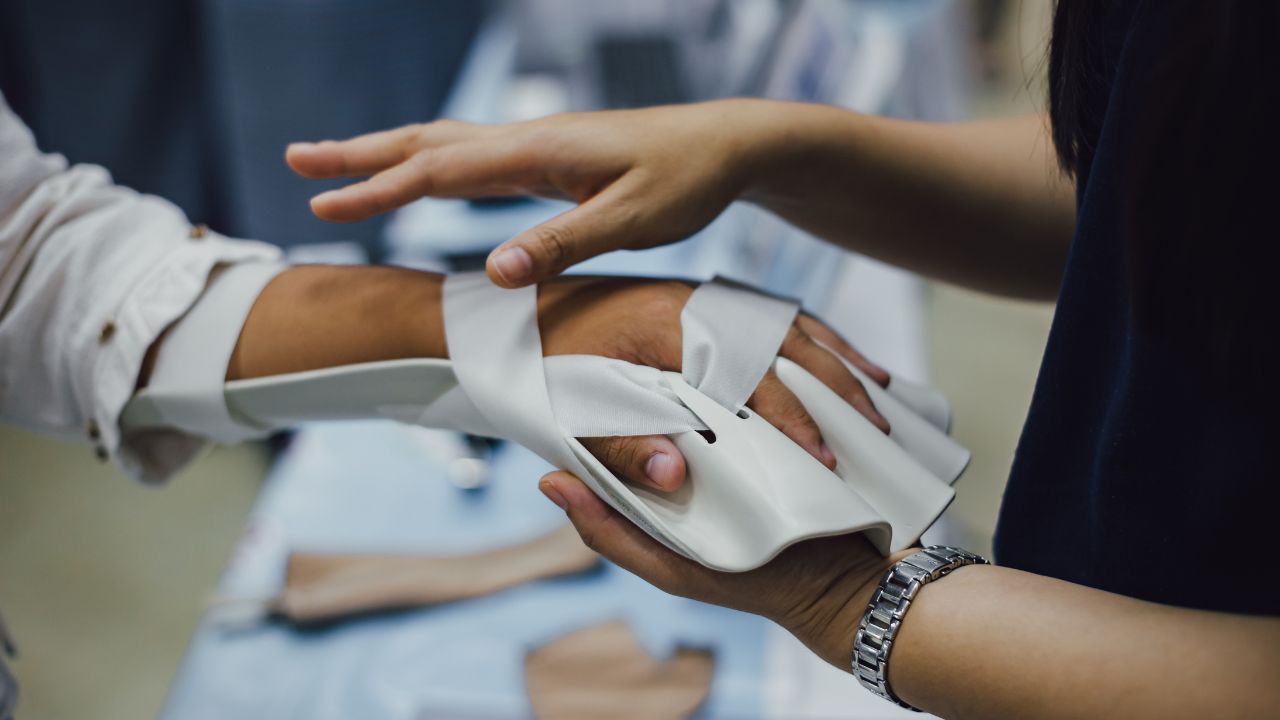
The Science Behind Heat Therapy
Heat therapy, also known as thermotherapy, is a widely used method for promoting muscle recovery and relieving pain. The application of heat to the affected area helps to increase blood circulation, which in turn delivers essential nutrients and oxygen to the damaged tissues. This increased blood flow also helps to remove metabolic waste products, such as lactic acid, that can accumulate in the muscles during exercise or injury.
When heat is applied to the skin, it stimulates the sensory receptors, which can help to reduce pain signals sent to the brain. This pain-relieving effect is further enhanced by the relaxation of tense muscles, as heat helps to soothe and loosen tight, contracted tissues. The combination of increased blood circulation and muscle relaxation creates an optimal environment for tissue repair and regeneration.
Benefits of Heat Therapy for Muscle Recovery
1. Improved blood circulation: Heat therapy dilates blood vessels, allowing for a greater flow of oxygenated blood to the affected area. This increased circulation promotes the delivery of essential nutrients and the removal of waste products, facilitating the healing process.
2. Pain relief: The application of heat can help to reduce pain and discomfort associated with sore, stiff, or injured muscles. Heat therapy works by blocking pain signals and increasing the production of endorphins, the body's natural pain relievers.
3. Muscle relaxation: Heat helps to relax tense, contracted muscles by increasing tissue elasticity and reducing muscle spasms. This relaxation effect can help to improve flexibility and range of motion, making it easier to perform stretches and light exercises that aid in muscle recovery.
4. Accelerated tissue repair: The increased blood flow and oxygen delivery to the damaged tissues, coupled with the relaxation of surrounding muscles, creates an optimal environment for tissue repair and regeneration. This can lead to faster healing times and a more efficient recovery process.
Techniques for Applying Heat Therapy
There are several methods for applying heat therapy to sore or injured muscles, each with its own advantages:
1. Heating pads: Electric heating pads are a convenient and easy-to-use option for targeted heat therapy. They can be applied directly to the affected area for a specified duration, typically 15-20 minutes at a time.
2. Warm baths or showers: Soaking in a warm bath or taking a warm shower can provide full-body heat therapy, helping to relax muscles and promote overall relaxation. This method is particularly useful for addressing multiple areas of muscle soreness or stiffness.
3. Heat wraps: Disposable or reusable heat wraps can be applied directly to the affected area, providing sustained heat therapy for several hours. These wraps are ideal for those who need continuous heat application throughout the day or during physical activities.
4. Warm compresses: Homemade warm compresses can be created by soaking a towel in warm water and applying it to the sore muscles. This method allows for easy customization of the heat level and application duration.
When to Use Heat Therapy for Muscle Recovery
Heat therapy is most effective when used for chronic muscle pain, stiffness, or soreness. It is particularly useful for addressing muscle tension, knots, or cramping that may occur due to overuse, poor posture, or stress. Heat therapy can also be beneficial for individuals with chronic conditions such as arthritis or fibromyalgia, as it helps to improve circulation and reduce pain.
However, it is essential to note that heat therapy should not be used on acute injuries, such as sprains or strains, during the first 48-72 hours after the injury occurs. In these cases, cold therapy, or cryotherapy, is recommended to help reduce inflammation and swelling. Once the initial inflammation has subsided, heat therapy can be incorporated into the recovery process to promote healing and pain relief.
Precautions and Safety Considerations
While heat therapy is generally safe and well-tolerated, there are some precautions to keep in mind:
1. Always use a barrier, such as a towel or protective cover, between the heat source and the skin to prevent burns or skin irritation.
2. Do not apply heat therapy for more than 20 minutes at a time, as prolonged exposure can lead to skin damage or burns.
3. Avoid using heat therapy on open wounds, cuts, or skin infections, as the increased blood flow can exacerbate these conditions.
4. If you have reduced sensation in the affected area, circulatory problems, or diabetes, consult with your healthcare provider before using heat therapy to ensure its safety and appropriateness for your condition.
Incorporating Heat Therapy into Your Muscle Recovery Routine
Heat therapy can be a valuable addition to your muscle recovery routine, helping to reduce pain, improve flexibility, and promote healing. By incorporating heat therapy into your post-exercise or post-injury care, you can help your muscles recover more efficiently and effectively, allowing you to return to your daily activities or training regimen with greater comfort and ease.
When using heat therapy, it is essential to listen to your body and adjust the application duration and frequency as needed. If you experience any discomfort or adverse reactions, discontinue use and consult your healthcare provider.
In addition to heat therapy, a well-rounded muscle recovery plan should include proper rest, hydration, nutrition, and appropriate stretching or light exercise. By combining these elements, you can optimize your recovery process and maintain healthy, resilient muscles.
 Mobility trainingHome Fitness RecoverySports Injury PreventionPersonal Physical TherapyOrthopedic SolutionsPrivacy PolicyTerms And Conditions
Mobility trainingHome Fitness RecoverySports Injury PreventionPersonal Physical TherapyOrthopedic SolutionsPrivacy PolicyTerms And Conditions
